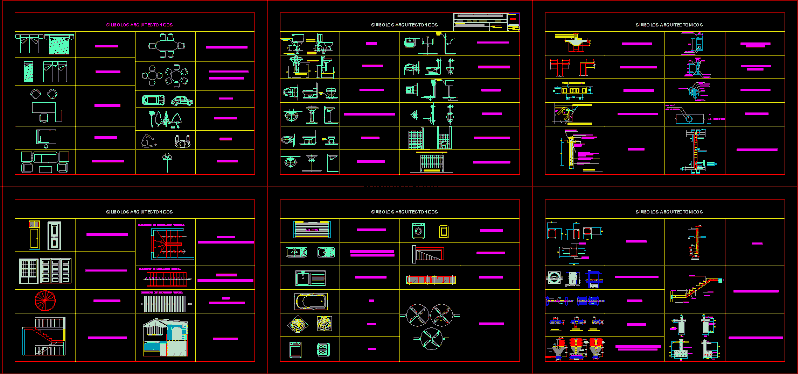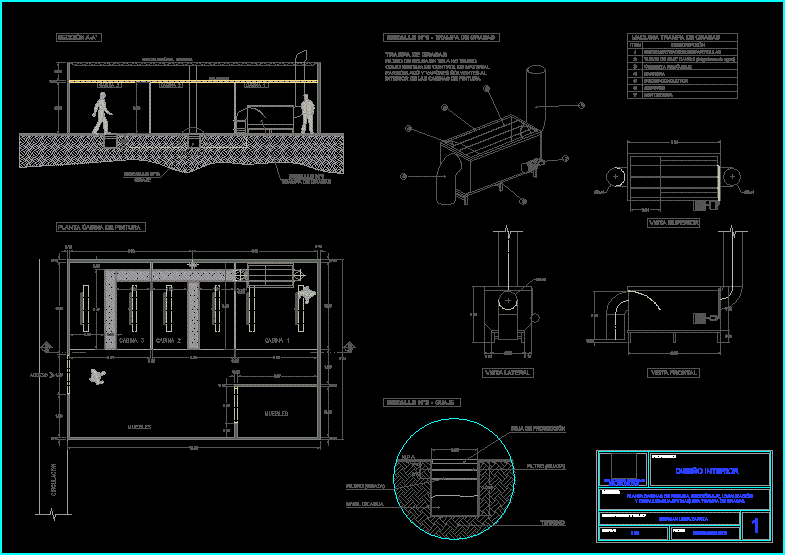

Hopefully my diagram shows the way I was thinking it needed to be calculated clearly enough. I believe I must be on the wrong track as my figures seem to be way off.Ĭan you explain why you are adding the CWM to the ACWM? When I recently did statics we were told that the ΣCWM = ΣACWM. Thanks for taking the time to work through this with me.Īttached is a more detailed diagram which hopefully clarify's the input data as well a my line of though on the beam calculation method. Zero torque, except friction and to accel/decel it.

Or hydraulics.ĮDIT: Skip all that and do the dirt simple solution-add a counterweight to the right end of the beam.Ħ000Nm/2.55m = 2353N (240 kg) at the far right end of the beam. I'd skip the linear drive, upsize the 'pinion' and add a SmallGear for 1 reduction (or maybe huge chain(s) and sprockets, if within load ratings and backlash ok - would be easier and probably less $), then a gearmotor driving the Small Gear or SmallSprocket. And those would need to be big teeth, so they don't break. Also, you probably know this, with a linear drive, a substantial bearing system is needed to keep the rack and pinion from separating due to gear teeth forces. 1m radius, a linear drive needs to apply 60,000 N. Pivot point is 1.2m to the right of the middle of the beam, so, (3.75+1.2)=4.95m from left end, and 2.55m from the right end. Beam is 7.5m long, uniform, 5000N total weight, 667N/m distributed load. For example, in a balanced see-saw, the CoG is right at the pivot, so there is no torque.ĭoing it with distributed loads, restating some things to see that I'm on the right page (I'm not following the pic): The idea of a CoG (in rigid body statics) is that you can pretend that all the weight is at the CoG.

The CoG approach should give the same answer as distributing the loads across the whole beam and summing moments. Finite element analysis is carried out by using ANSYS 12.0.1.Nothing wrong with Statics. Standard contact analysis is used to simulate the connecting parts of the lifting frame. Design of lifting frame includes the design of lifting pad eyes, annular locking padeyes and bolts strength calculations. Lifting frame is designed as a two point lifting system. Size and shape of the lifting frame are determined against the shape and particulars of the annular blowout preventer. The safe working load of the BOP stack is 34.6 MT (76.27 kips). Hence, the importance of lifting frame is determined and designed for Hydrill GK 13 5/8"-5000 Annular BOP. It is also not possible to accommodate lifting lugs on BOP stack because of its tough geometry. Lifting BOP stack (blowout preventer) is a difficult task due to its huge size and complex shape without any interface like lifting frame. These are widely used at land, offshore rigs and subsea. Blowout preventers developed to cope with extreme erratic pressures and uncontrolled flow emanating from a well reservoir during drilling. A Blowout Preventer is a large, specialized valve usually installed redundantly in stacks used to seal, control and monitor oil and gas wells.


 0 kommentar(er)
0 kommentar(er)
